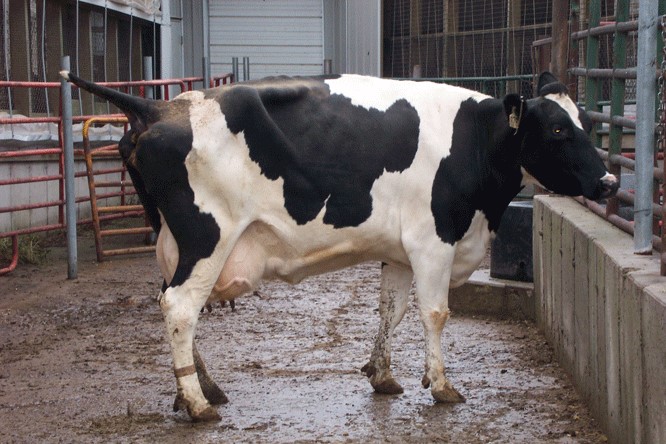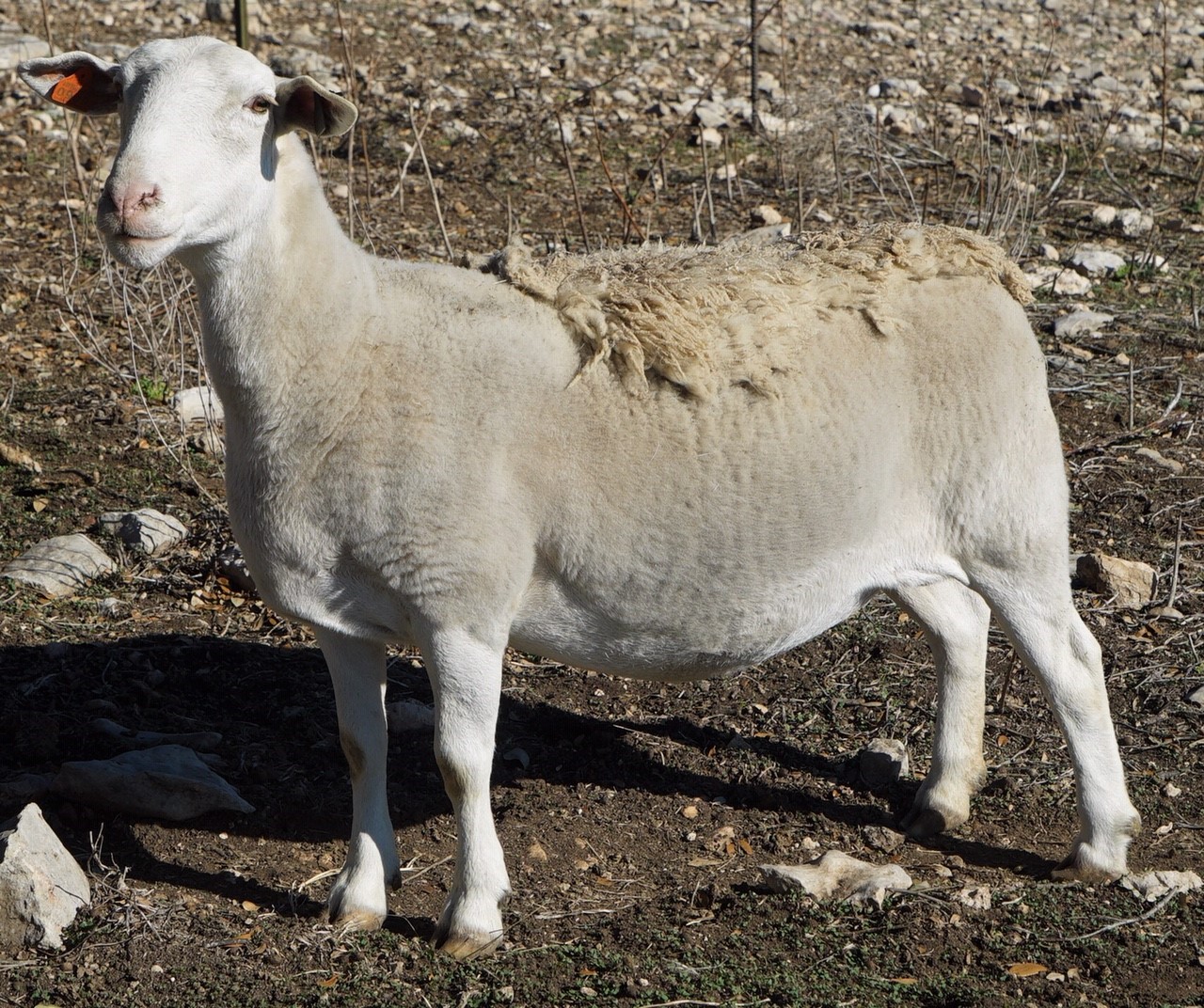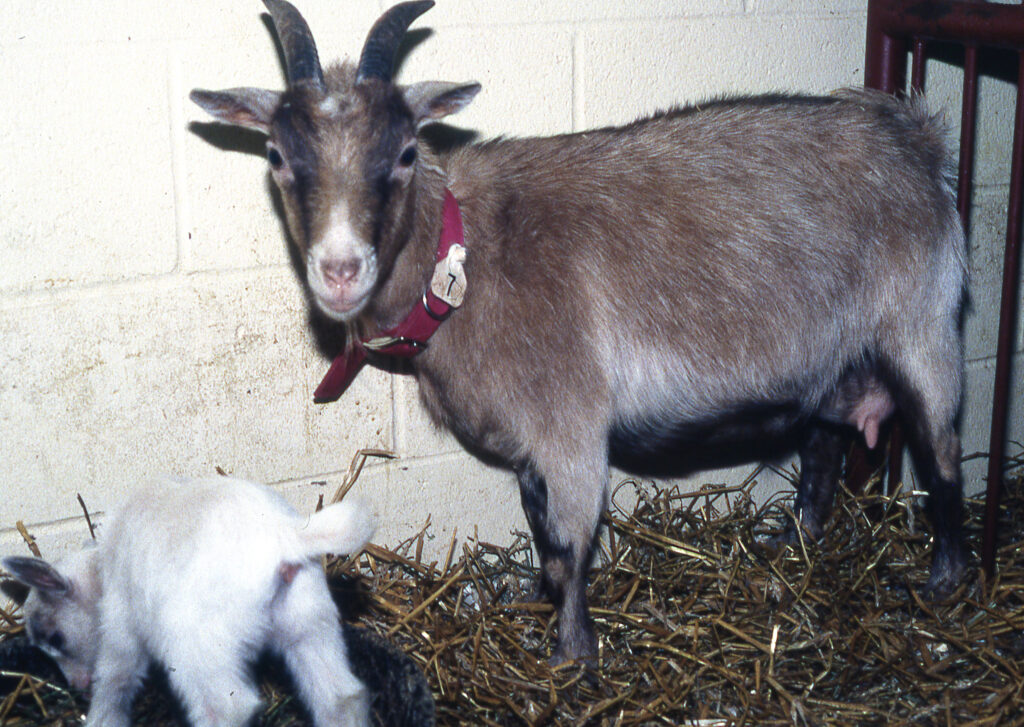Control of Johne’s disease (paratuberculosis) requires diagnostic testing, but it also requires so much more. When advising people about control of Johne’s disease, whether an owner of 4 pygmy goats, a top breeder with 150 expensive show-winning sheep, a dairy farmer with 1500 Holstein cows, or a breeder with 30 Wagyu beef cattle, I find a common theme – the subject of today’s news post.
Control of Johne’s disease requires identifying the MAP-infected animals and acting promptly to prevent those animals from spreading the infection. Other control measures are also important but let us just focus on testing for now.
Many veterinary diagnostic labs can run ELISA kits and PCR assays of proven accuracy. Veterinarians are well-informed on how to recommend the appropriate test for each herd or flock situation. Sometimes it is a blood test (ELISA) and other times it is a PCR for MAP genes on a fecal sample. The second part of the JD control process is taking appropriate actions based on those test results and this second step is in the hands of the animal owner. Failure to follow through with an “action plan” based on test results is the single most common reason for failure of Johne’s disease control programs in my experience.
When exploring apparent control program failures with owners, I start by asking them about their testing program: which test, which animals are tested, and what actions are taken based on the test results. I often then discover that the owner tests their animals regularly, as their veterinarian has advised, but then simply wait to cull the test-positive animal until they see signs of clinical disease: diarrhea and loss of weight. My rather direct response is: “why bother testing then?”
Animal owners have a laundry list of reasons for not culling JD test-positive animals, such as:
- The cow looks good and is producing milk.
- The sheep has some of the best genetics in my flock.
- The goat is a pet and everyone in the family loves her.
- I bought this expensive beef bull from a breeder who claimed not to have Johne’s disease.
- …and the list goes on.
Pictured below are photos of animals that tested positive for Johne’s disease, were confirmed to have a MAP-infection, and were shedding MAP in their feces thus being a source of the infection for other animals on the property. [I took the photos, my lab did the tests, the animals developed clinical JD soon after the photo or I did a necropy, so I am confident in the diagnosis.]



Granted, it is difficult to cull healthy-looking animals. However, the consequences of not doing so are that these infected adult animals that are shedding MAP will infect young animals on the property (including all kinds of ruminants on the farm). These animals may take 2-6 years to become adults and then be detected as MAP-infected and the JD control program will appear to have been a failure. Owners get discouraged and may stop trying to control Johne’s disease. Worse, they may sell animals to other people thereby infecting more herds or flocks.
Because this failure to appropriately act on JD test results takes place over years, the consequences are not immediately apparent, and this is the challenge of JD control.
Borrowing from our current pandemic situation, imagine what would happen if we tested people for COVID-19 and did not promptly act on positive results for active infection, i.e. PCR tests, by quarantining and treating those individuals. Everyone is aware of the steeply climbing rates of infection witnessed in virtually every country of the world before control measures were effectively implemented as we try to “flatten the curve”.
Johne’s disease is not that different. It’s an infectious disease spreading as such diseases do. The main differences are that the timeline is longer and we have no treatment. Effective JD control requires appropriate, prompt, and effective actions based on test results. This most often means culling or euthanasia. In some circumstances isolating the MAP-infected animals for a limited time while rescuing valuable genetics collection of eggs or semen. Changes in herd or flock management practices are also important to limit MAP infection transmission, but removing the source of infection, the test-positive animals, is a vital first step.
In my view, JD control programs are scientifically solid and proven effective. Failures of control programs most often can be traced to failures to fully implement those programs, starting with culling of MAP-infected animals.